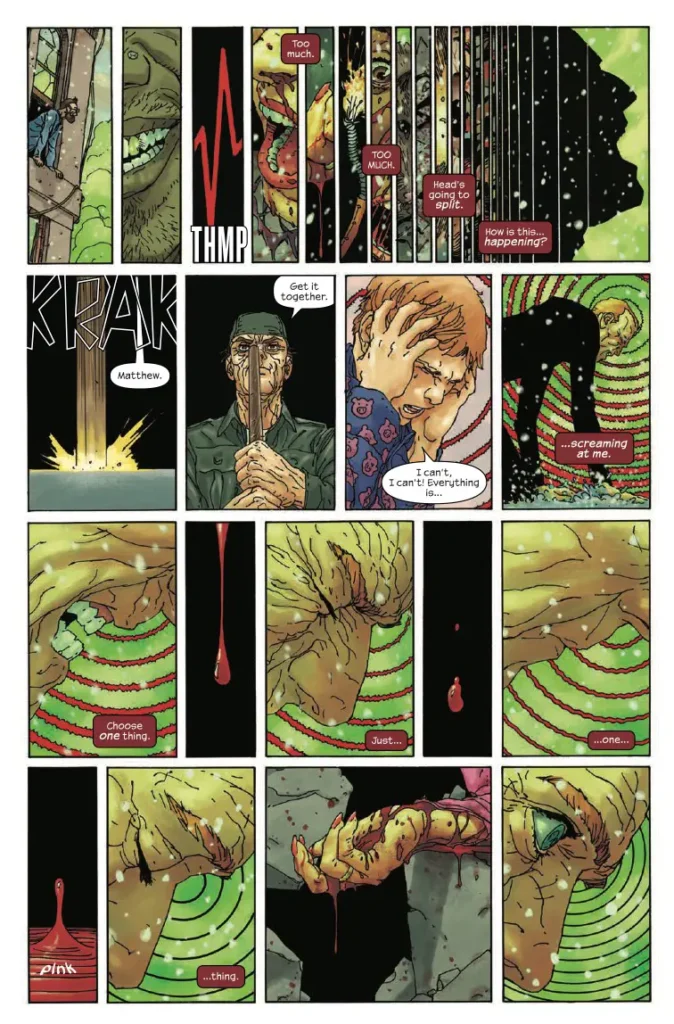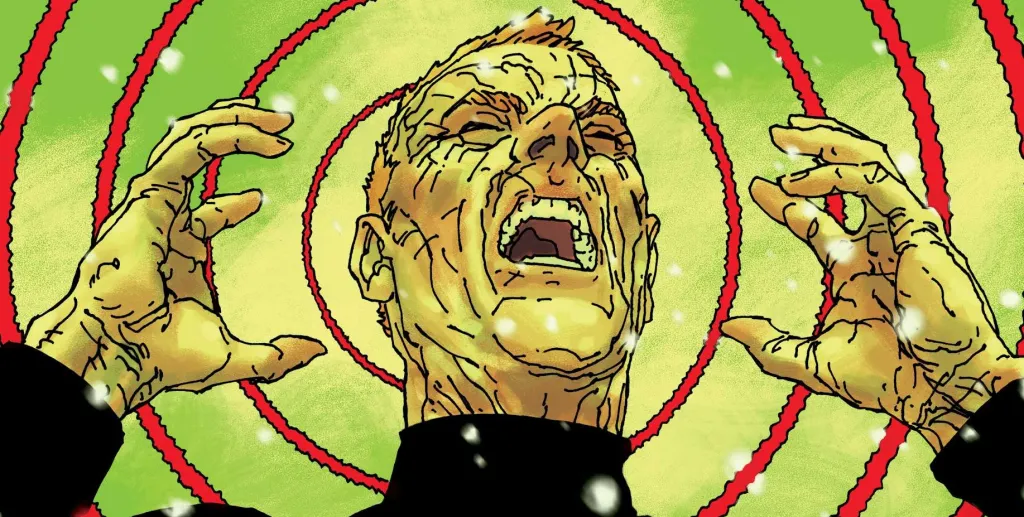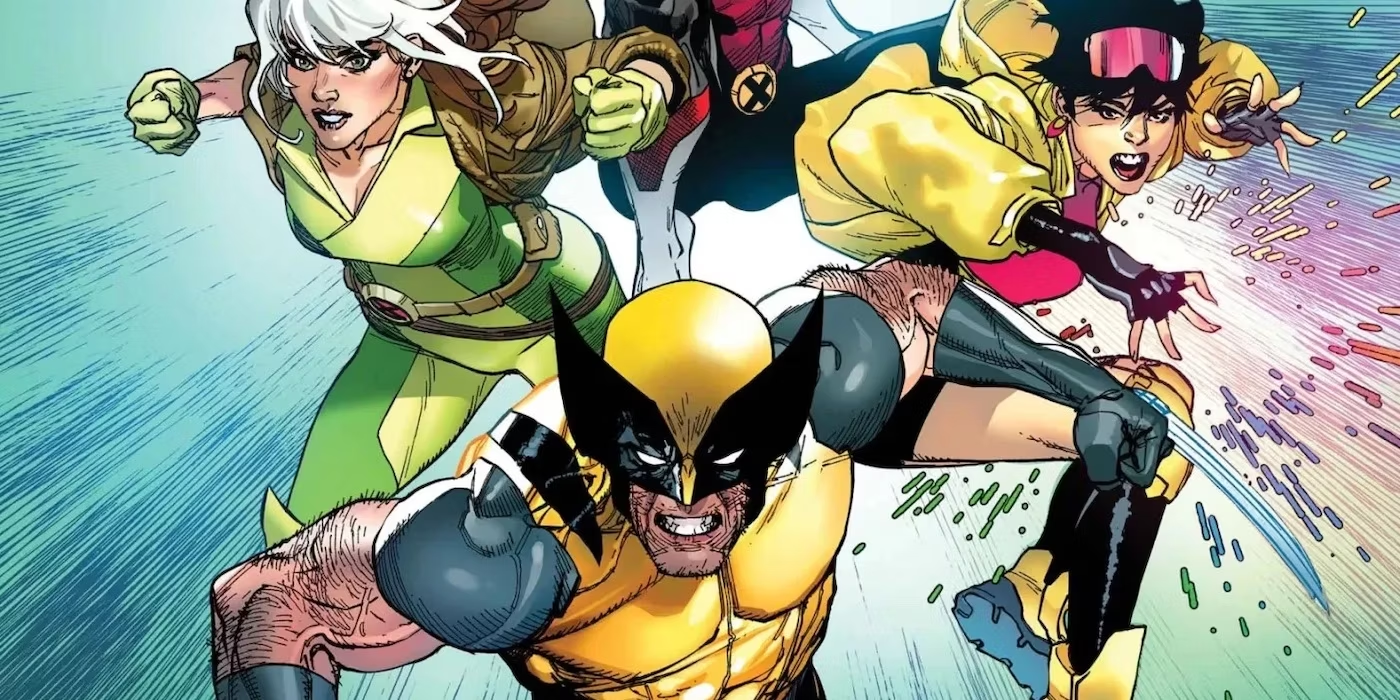In Daredevil: Cold Day in Hell #1, Marvel delivers an atmospheric and emotionally weighty spin on the “old man hero” trope, channeling the spirit of The Dark Knight Returns and Old Man Logan but grounding it deeply in the very specific grit of Hell’s Kitchen. With Charles Soule and Steve McNiven at the helm, this three-part miniseries kicks off with a quiet storm — a brooding, snow-covered tale of survival, resilience, and fading hope.

Set in a bleak, near-future New York where the skyline is shattered and the soul of the city seems buried beneath ash and bureaucracy, the story reintroduces an elderly, powerless Matt Murdock. Now running a soup kitchen for the broken and forgotten, he’s a man worn down but not empty. His days of rooftop leaping and billy club justice are behind him — or so he thinks — until a terrorist bombing in a subway station pulls him back into the shadows.
Soule’s script is refreshingly sparse in exposition, letting the setting speak volumes through whispers. The city is crumbling. An undefined war with “deebees” looms in the background. Superheroes have either vanished, lost their powers, or given up. Yet the issue doesn’t wallow in despair — instead, it hones in on Matt’s innate decency. He’s no longer Daredevil in name, but his moral compass hasn’t shifted an inch. That quiet heroism — offering food, shelter, and human connection — is just as powerful as any acrobatic takedown.

What elevates this story even further is Steve McNiven’s remarkable artistic evolution. Known for co-creating Old Man Logan, McNiven returns to familiar territory but reinvents his visual language entirely. Here, his lines are thin, scratchy, and fragile — echoing the physical and emotional frailty of a city and a man nearing collapse. By inking and coloring his own work, McNiven creates a lo-fi dystopia that feels more John Carpenter than George Miller. There’s no gloss here, just grit.
And yet, even in the grime, McNiven finds beauty. Splash pages reveal haunting visions of destruction — like the broken spine of the Brooklyn Bridge — while more intimate panels focus on faces, weary eyes, and subtle gestures. His pacing is masterful. A mid-issue explosion delivers a visceral jolt, and yet the most memorable sequences remain the quieter ones: a conversation in the snow, a flicker of recognition, the weight of regret.
Credit also goes to the overall storytelling rhythm. Soule and McNiven — both credited on the story — maintain a tightly constructed narrative without sacrificing nuance. From the layout design to the sharp, deliberate dialogue, there’s a confidence to how Cold Day in Hell unfolds. It’s a comic that trusts its readers to linger on details, to feel the chill in the wind and the weight in Matt’s heart.

For all its dystopian trappings, this isn’t a story about the end — it’s about what endures. Matt Murdock might be out of costume, out of time, and out of power, but he’s still the man without fear. His struggle here is deeply human, rooted in dignity, sacrifice, and faith — not just in God, but in people.
Daredevil: Cold Day in Hell #1 doesn’t try to redefine Daredevil, but it does reframe him — stripping away the spectacle to reveal the man beneath the mask, older and slower, yes, but still standing. Still fighting. And with two issues to go, there’s plenty of fire left in Hell’s Kitchen.




